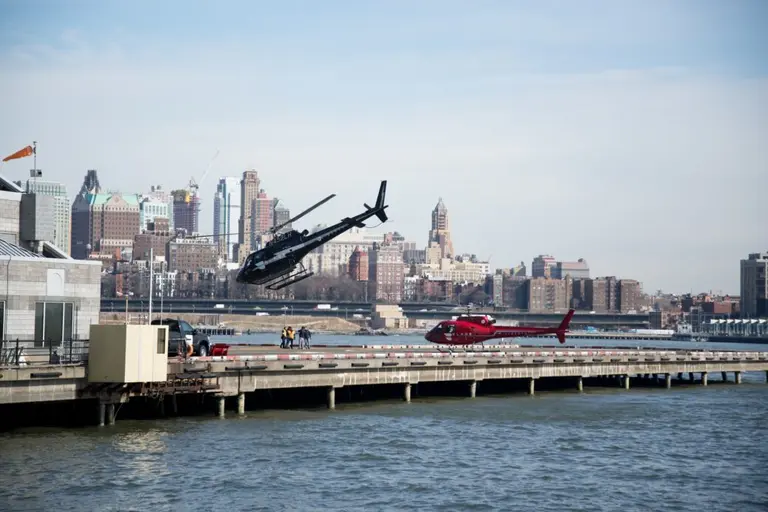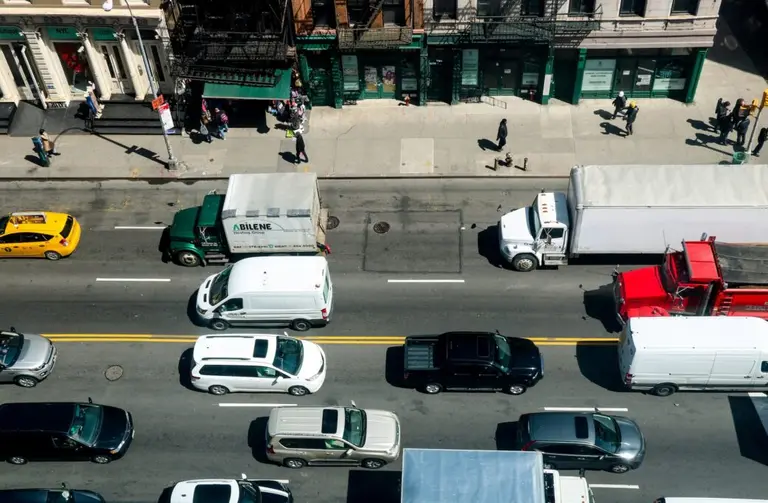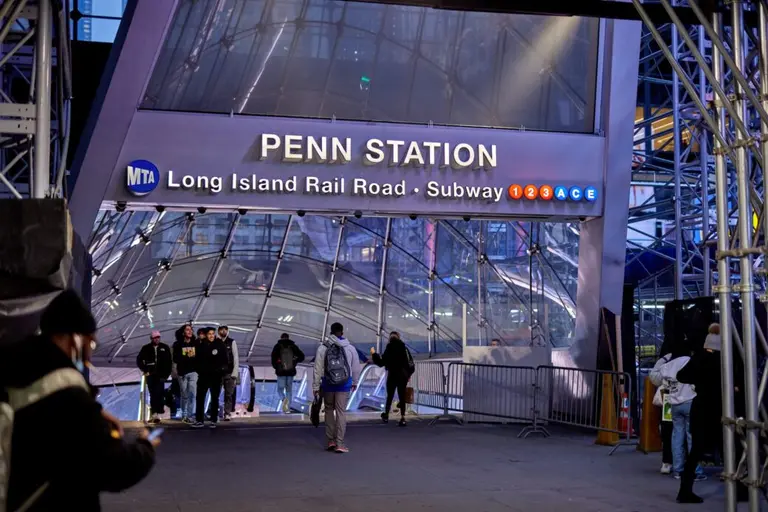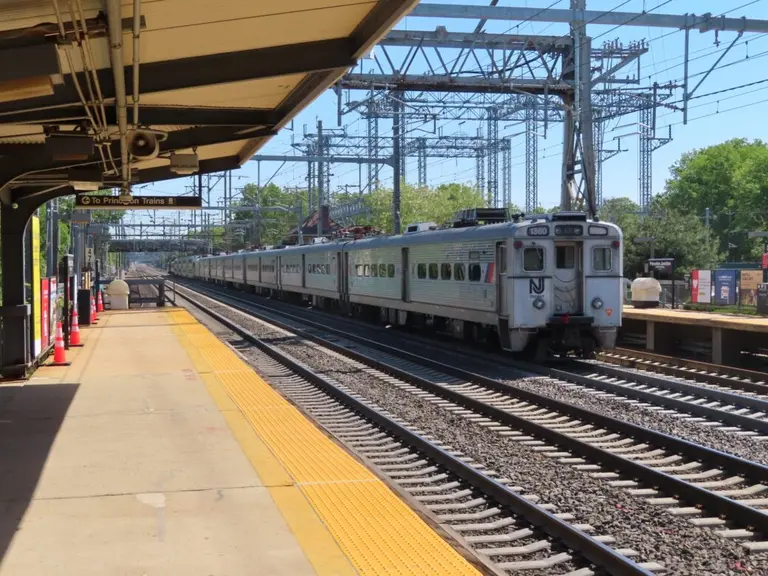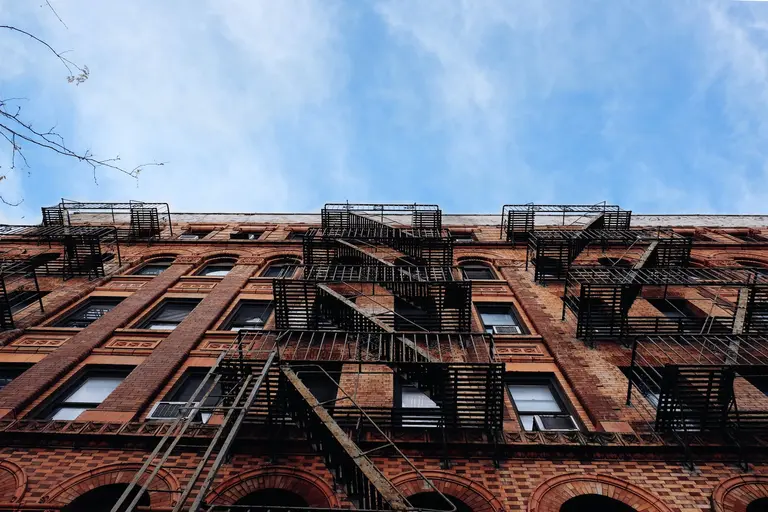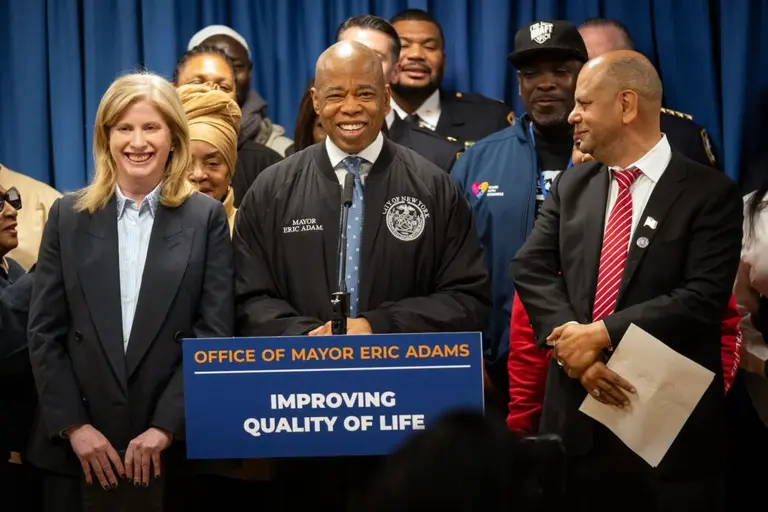Five years ago, transit officials rejected L train plan similar to Cuomo’s over safety concerns

Via Flickr
Earlier this month, Gov. Andrew Cuomo shocked New Yorkers when he called off the 15-month shutdown of L-train service, part of the plan to fix the Canarsie Tunnel which had been in the works for years. Instead, the governor, along with an expert panel of engineers, presented a new, never-been-done-before plan that would require less construction in the century-old tunnel. But the New York Times reported on Tuesday that a similar plan was rejected by the Metropolitan Transportation Authority nearly five years ago over safety and feasibility concerns.
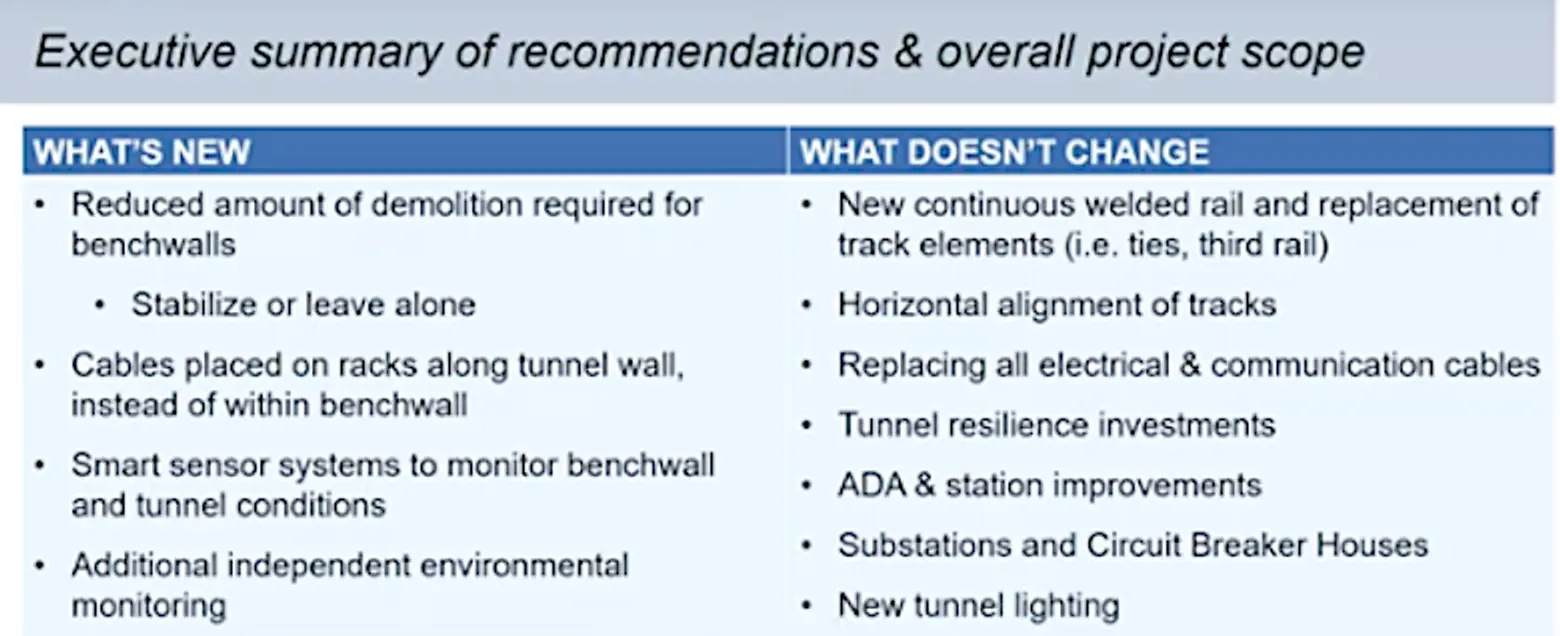
Documents obtained by the Times show that in 2014, transit officials with the MTA had considered a plan to keep and abandon the current concrete bench walls inside the tunnel, instead of demolishing the walls to remove them, and implement a new racking system that suspends cables on one side of the tunnel.
But the plan was rejected by officials who expressed concern over safety issues from construction work and questioned whether the bench wall’s structural integrity was strong enough to carry the cable racking system. According to the documents, engineers who reviewed the plan said installing heavy cables on the wall’s lining could affect the lining of the bench wall, potentially inducing “leakages.”
Plus, officials said the construction work could create silica dust, a hazardous carcinogen. Because this plan would not require a full shutdown, with repairs taking place on nights and weekends, workers would be pressed to make sure there is no dust before rush hour service on Monday morning.
The new plan, presented by Cuomo two weeks ago, was developed by a team of engineers from Cornell and Columbia Universities and would implement a similar cable system like the one proposed in 2014.
During a special MTA board meeting on Tuesday, Jerry Jannetti, the vice president of WSP, the firm responsible for the new design, said the racking system does not pose a risk to the tunnel lining. “It also requires 60 percent fewer bolts than individual bolting the cables to the tunnel lining,” referring to the plan that was rejected in 2014. “This is very different than what was proposed then.”
However, Jannetti also said the WSP and the MTA are currently evaluating the integrity of the tunnel’s bench walls. As of now, they know 60 percent of the bench walls can remain, but 40 percent of the bench walls are still under evaluation to decide whether they are strong enough to stay, need a reinforced polymer, or need to be removed entirely.
But because this evaluation is not complete, a silica mitigation plan has not been created yet. A safety plan could involve workers cleaning up as they go, setting aside time after their shift for additional cleaning, and wearing masks to protect themselves from the dangerous dust, officials said Tuesday.
The new plan requires MTA board approval, and members intend to meet on Jan. 24 to vote on the project. Although the shutdown was set to begin on April 27, it’s unclear as of now when construction will begin.
According to Fernando Ferrer, the acting chair of the MTA, the agency plans to conduct repairs on nights and weekends by closing one tunnel at a time. The L-train will then run with 15 and 20 minutes delays, which Ferrer said is “no different from current overnight service.” The transit agency said it expects the work to take somewhere between 15 and 20 months.
The MTA will also be hiring an independent consultant that would report to Ferrer to look at the safety of construction as well as the cost and duration of the plan.
[Via NY Times]
RELATED:
